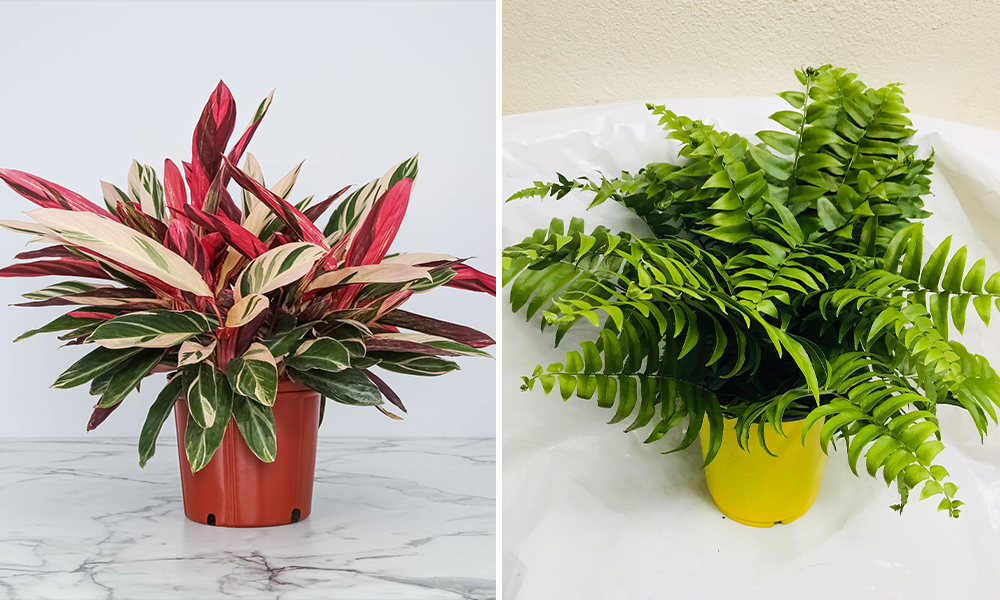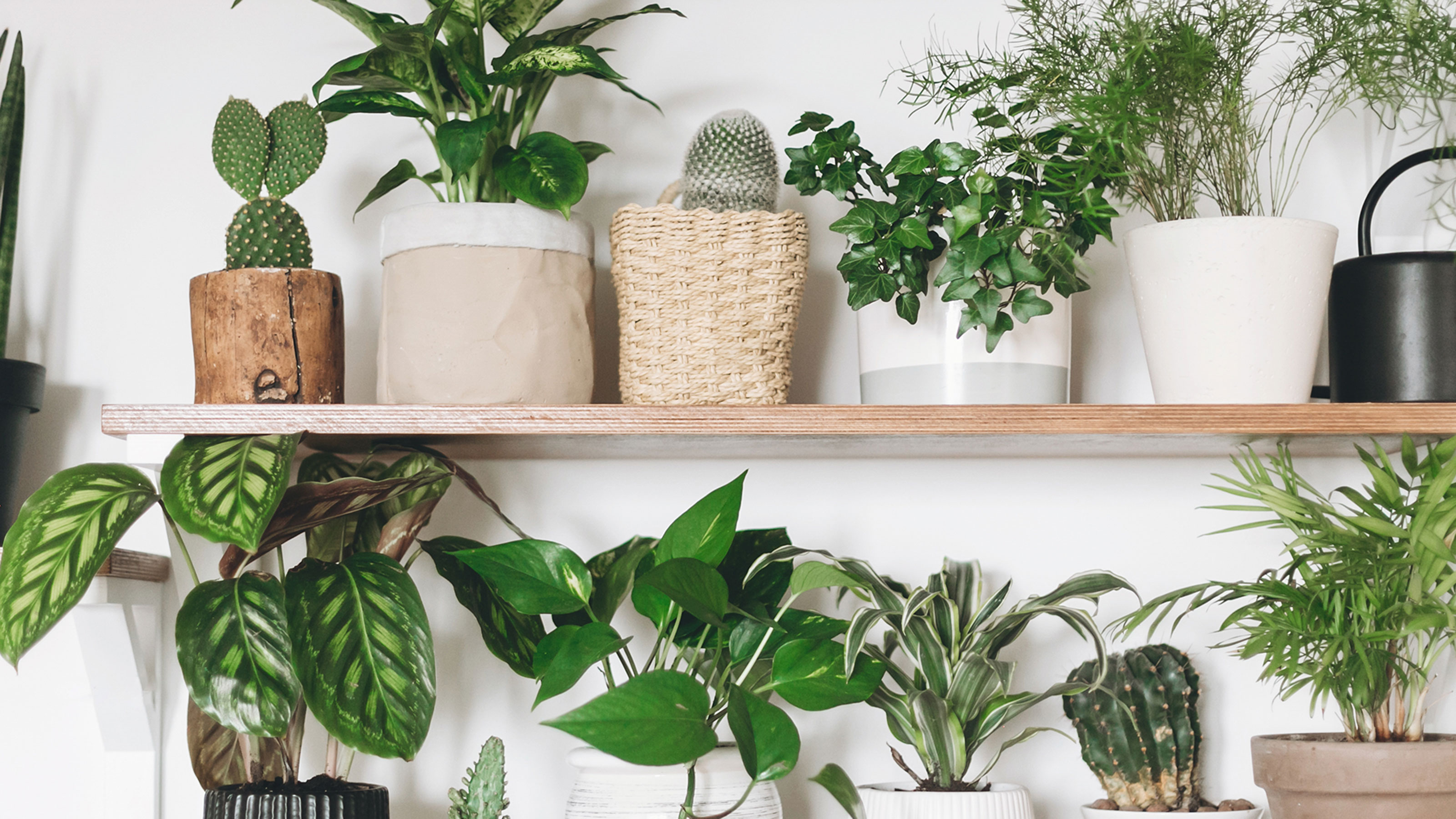Transform Your Home With Beautiful Low-Light Indoor Plants and Their Benefits
Incorporating low-light indoor plants into your home can substantially boost both the visual and ecological top quality of your space. These plants, which flourish in dim conditions, offer not just as decorative elements yet also as natural air cleansers, making them optimal for metropolitan occupants or those with minimal sunlight exposure. As we discover the various sorts of low-light plants and their advantages, you might discover shocking methods to integrate them into your home that can transform your environments in methods you may not have actually prepared for.
Benefits of Low-Light Plants
Low-light plants offer countless advantages for indoor settings, making them a superb option for both novice and experienced garden enthusiasts. One of the key advantages is their adaptability to low-light problems, allowing people to enhance their living rooms without the requirement for comprehensive sunshine exposure. This particular makes them optimal for apartments, workplaces, and other locations with restricted natural light.

In addition, incorporating low-light plants right into home décor can raise the visual appeal of an area. Their rich foliage and varied structures produce a soothing environment, adding to general health. The visibility of greenery has been linked to minimized anxiety degrees and improved efficiency, making low-light plants a practical option for boosting both mental and physical wellness in indoor setups.
Leading Low-Light Indoor Plants
While several interior plants grow in brilliant light, several species are especially fit for low-light conditions, making them perfect for numerous interior spaces. One preferred choice is the Snake Plant (Sansevieria), recognized for its striking upright fallen leaves and resilience, needing very little treatment. Another excellent option is the Pothos (Epipremnum aureum), which includes heart-shaped fallen leaves and can trail magnificently from shelves or wall mounts, growing in reduced light and adding a lush touch.
The ZZ Plant (Zamioculcas zamiifolia) is celebrated for its glossy leaves and capability to hold up against neglect, making it ideal for hectic way of lives. The Tranquility Lily (Spathiphyllum) not just endures reduced light however likewise generates magnificent white blooms, improving any type of area's visual.
For a special touch, think about the Cast Iron Plant (Aspidistra elatior), which undoubtedly measures up to its name, prospering in the darkest edges of your home. Finally, the Chinese Evergreen (Aglaonema) uses a variety of leaf patterns and shades while being exceptionally flexible in low-light conditions. These plants not only beautify interior settings however also add to air filtration, enhancing your home.
Treatment Tips for Low-Light Plants

Sprinkling techniques check that are critical; these plants commonly prefer a little dry problems. Overwatering can bring about root rot, so make certain that the top inch of soil is completely dry before watering once more. Usage pots with drainage openings to permit excess wetness to get away.
Moisture is another crucial factor. Lots of low-light plants, such as brushes and peace lilies, take advantage of greater moisture degrees. To increase humidity, think about misting the fallen leaves or placing a tray of water near the plants.
Fertilization must be come close to with care. During the growing period, make use of a watered down, well balanced fluid plant food monthly to support development, however stay clear of fertilizing during the inactive cold weather.

Innovative Ways to Present Plants
Interior plants can offer as captivating focal points in any kind of area, boosting both visual allure and setting. Innovative displays can elevate the visual impact of low-light plants, making them an integral component of your home decoration. One effective technique is to utilize tiered plant stands, which enable you to display several plants at differing heights while taking full advantage of flooring area.
Hanging planters are an additional innovative alternative, developing a feeling of depth and drawing the eye upwards. Take into consideration macramé wall mounts or wall-mounted shelves to introduce an unique appearance and design.
For a more organized technique, use geometric terrariums or glass containers to house your plants, adding a modern touch to your interior garden. You can also repurpose classic products, such as teacups or wooden pet crates, for a diverse display that mirrors your character.
Enhancing Home Ambiance With Plants
Incorporating low-light plants into your home not just improves visual appeal yet likewise contributes significantly to the total ambiance. These plants work as natural decor aspects, introducing a feeling of tranquility that can change any space. The presence of plant fosters a relaxing environment, which is specifically helpful in high-stress environments such internet as office or living spaces.
Low-light plants, such as snake plants, pothos, and ZZ plants, are not just aesthetically pleasing yet also enhance interior air high quality by filtering system pollutants. This double feature enhances the setting further, producing a much healthier living space (Best low-light indoor plants). The critical placement of these plants can likewise affect the understanding of room; as an example, high plants can draw the eye up, making ceilings appear greater and rooms much more spacious
Moreover, differing textures and shades of foliage add deepness to interior design, permitting imaginative expression in home designing. Whether positioned on shelves, in corners, or as centerpieces, low-light plants can raise the state of mind of any kind of room. In recap, incorporating these plants into your home is an effective way to promote a warm, inviting environment while enjoying the advantages of enhanced air high quality and visual convenience.
Verdict
Incorporating low-light interior plants into home environments supplies various benefits, consisting of improved aesthetic allure and enhanced air quality. These durable plants, such as the Snake Plant and Tranquility Lily, need marginal light and maintenance, making them suitable for varied lifestyles.
While lots of indoor plants grow in brilliant light, numerous types are particularly appropriate for low-light conditions, making them excellent for different interior areas. One reliable technique is to make use of tiered plant stands, which enable you to display several plants at differing heights while optimizing flooring area.
Low-light plants, such as snake plants, pothos, and ZZ plants, are not only visually pleasing but likewise enhance interior air high quality by filtering pollutants. Best low-light indoor plants. The calculated placement of these plants can likewise influence the assumption of room; for circumstances, high plants can draw the eye upwards, making ceilings show up greater and spaces a lot more large
These resilient plants, such as the Snake Plant and Tranquility Lily, call for minimal light and maintenance, making them suitable for diverse way of livings.